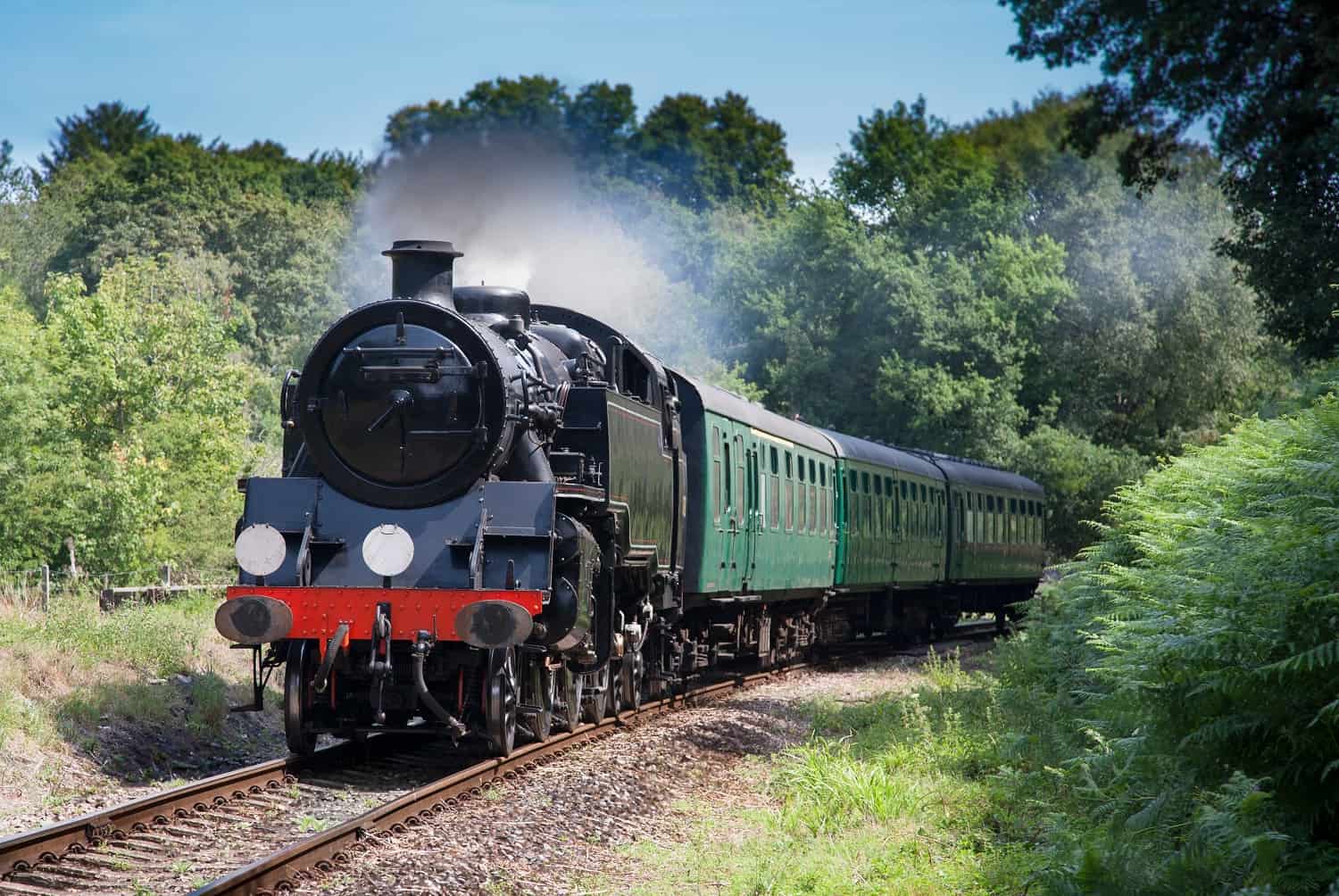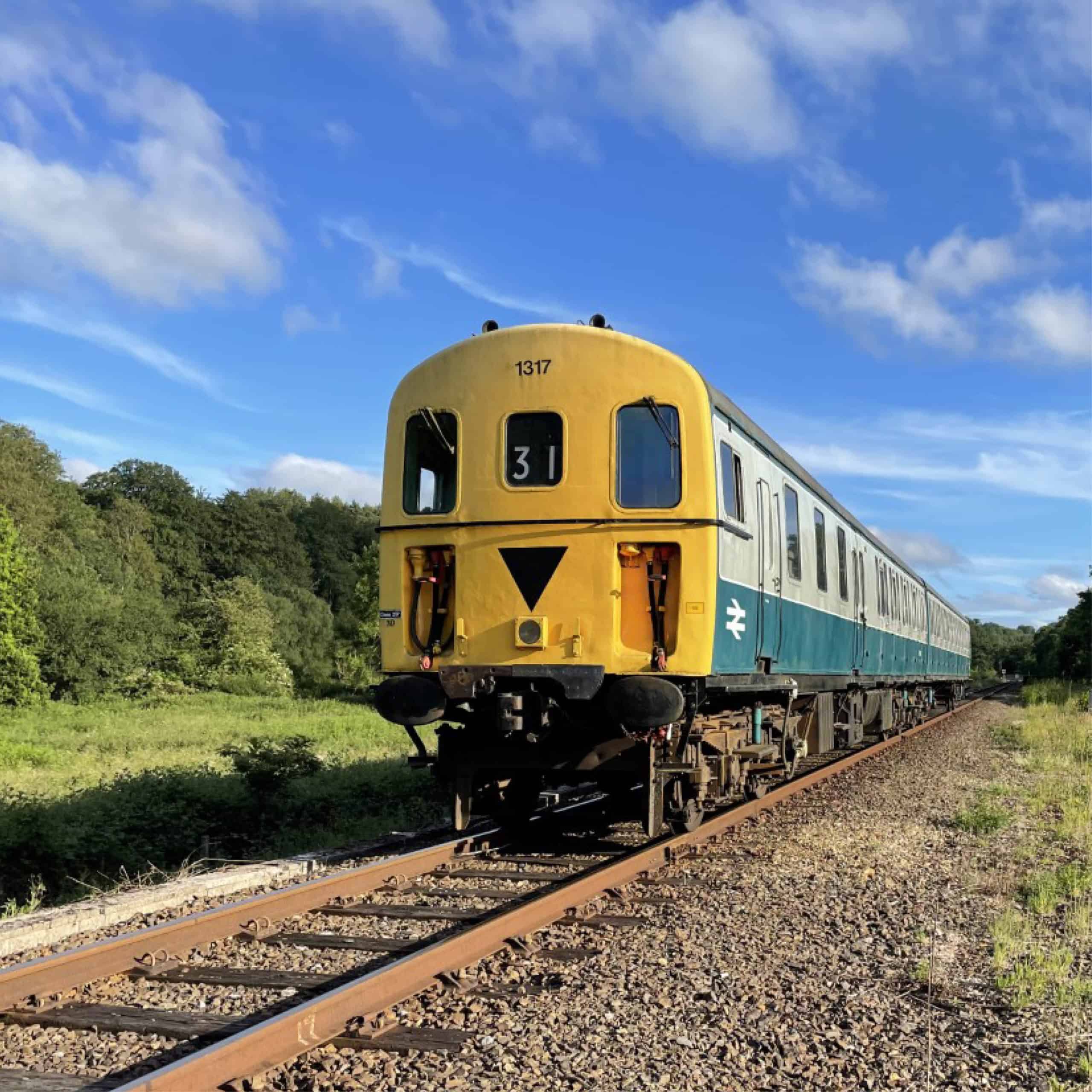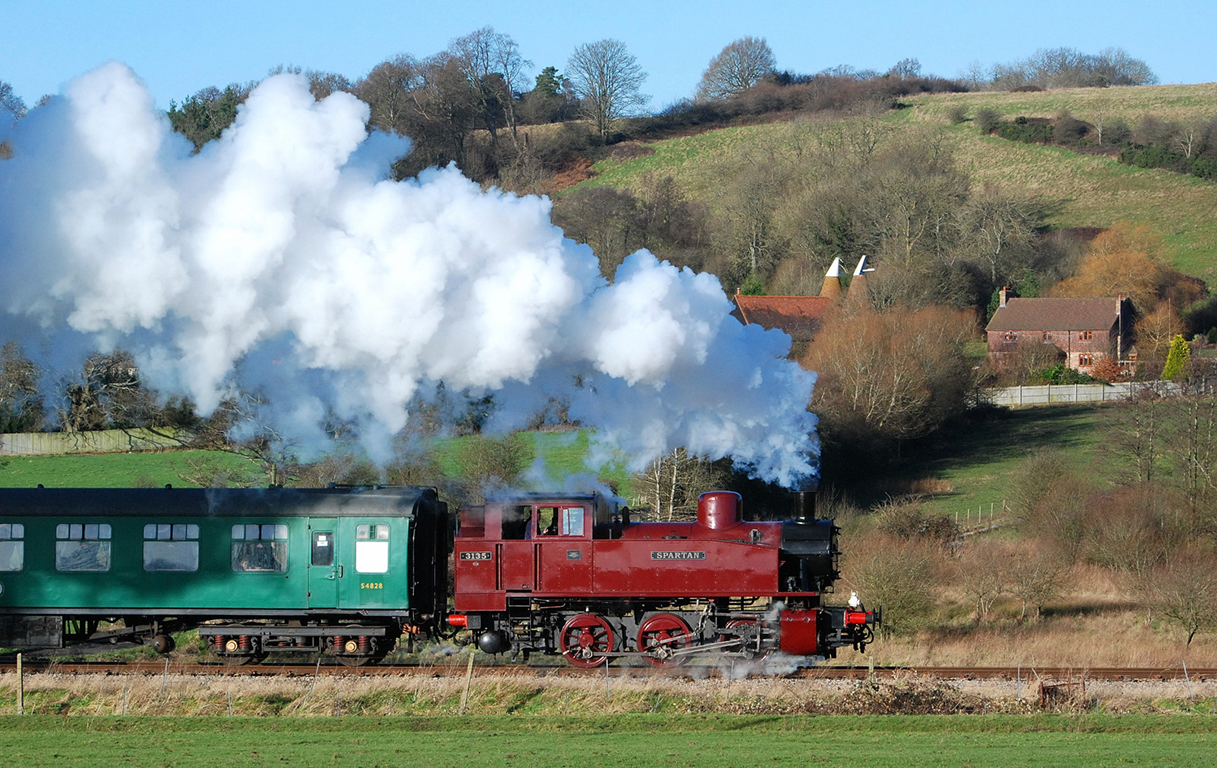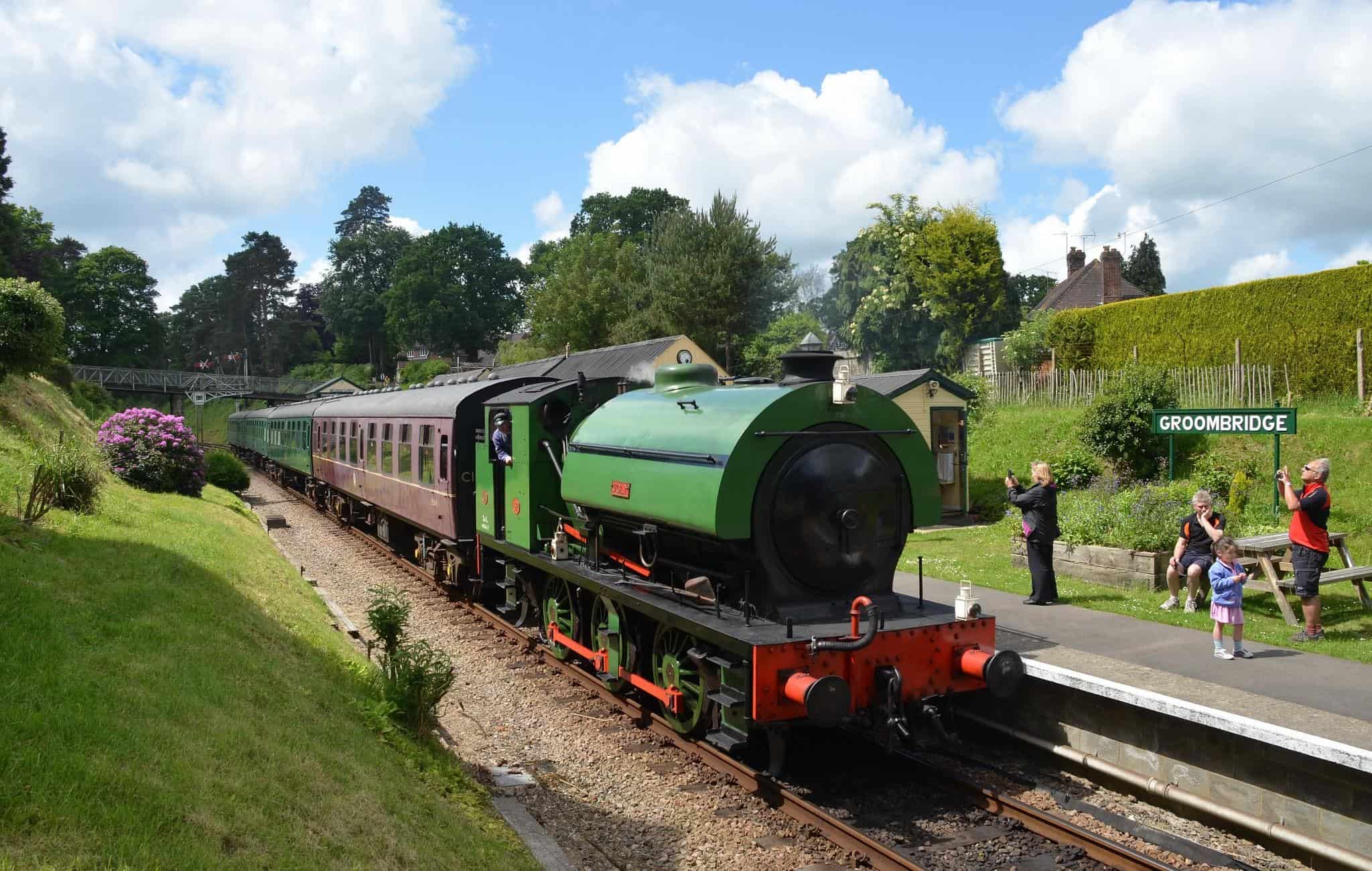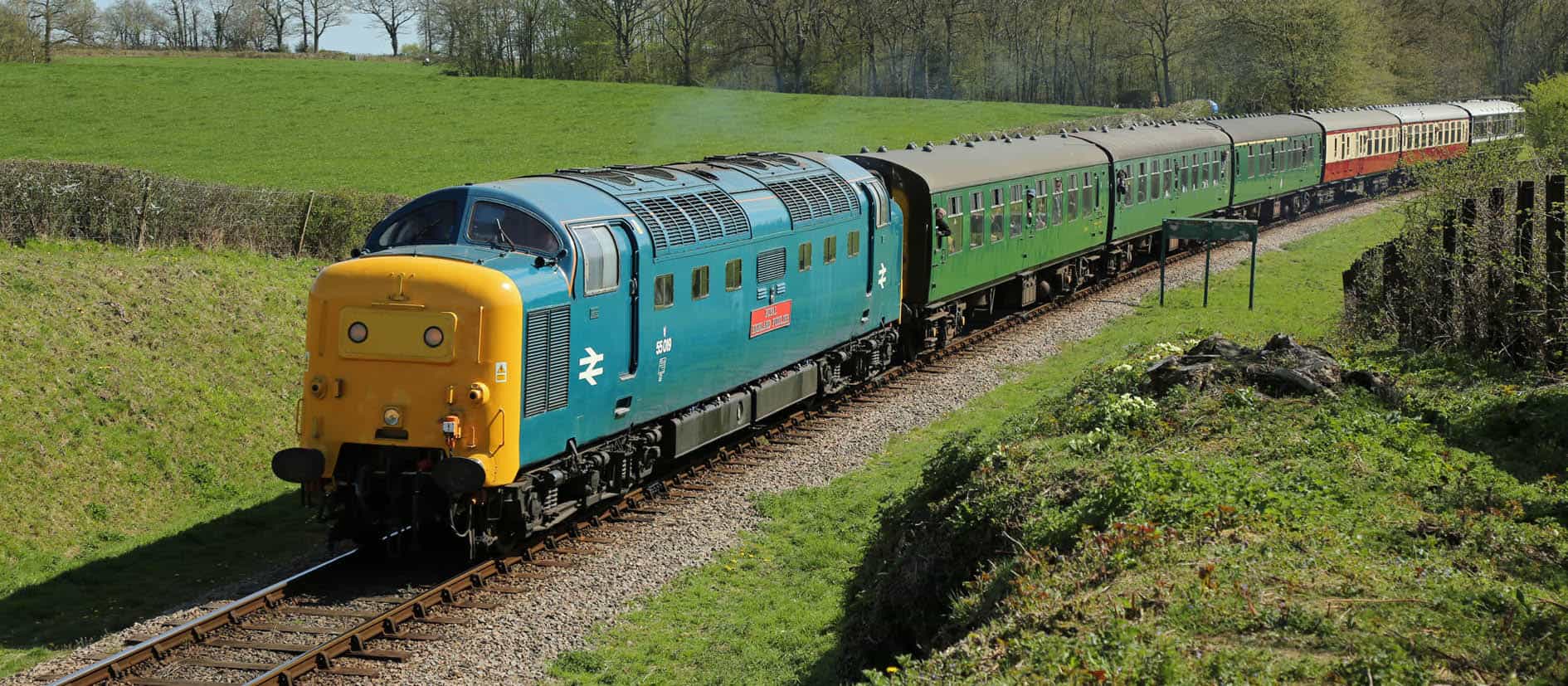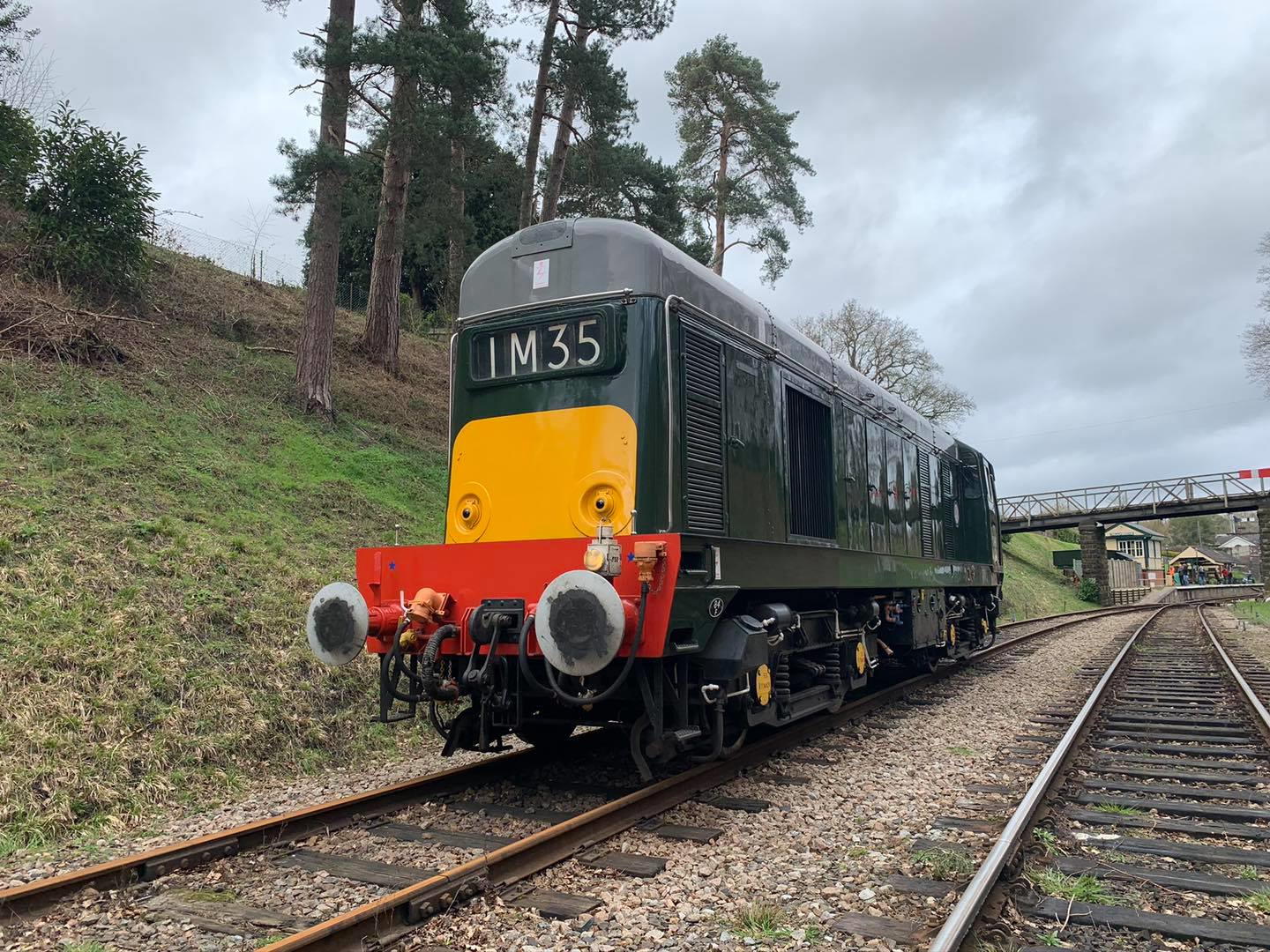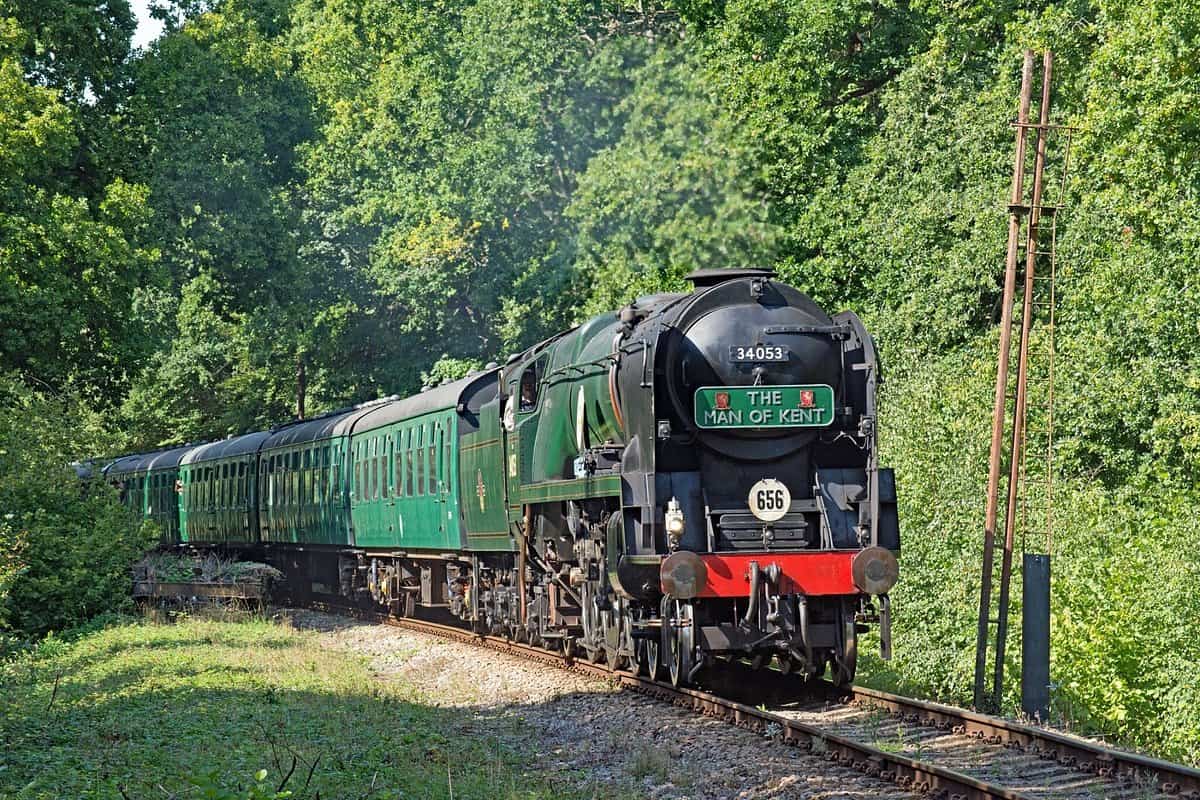A BRIEF OVERVIEW OF THE SPA VALLEY RAILWAY
Vintage trains, both steam and diesel, travel the five-mile-long track, which begins at Tunbridge Wells West and ends at Eridge. Along the way, it calls at High Rocks, the smallest and most picturesque station on the line and Groombridge.
Each station, carefully restored by volunteers who have reintroduced the distinctive 1960s British Railways green and cream colour scheme, offers opportunities for exploration. At High Rocks, for instance, you can alight to clamber up the eponymous rocks for great views over the line, and at Groombridge, you can buy specialist railway books from the station’s renowned bookshop and admire the fully restored Old Station Building, before visiting Groombridge Place, which is a moated manor house noted for its formal gardens, vineyards and a bird of prey sanctuary, nearby.
Of course, no trip on the Spa Valley Railway would be complete without a wander around Tunbridge Wells, a spa town first made famous in 1606 with the discovery by Lord North of Chalybeate Spring and its health-giving waters. The first royal visitor came in 1629 — and almost three centuries later, in 1909, King Edward VII attached the Royal prefix in recognition of the number of royals visiting the spa town.


